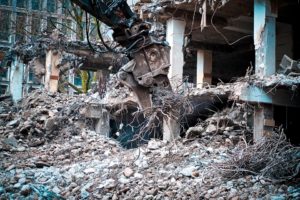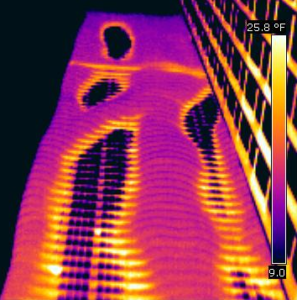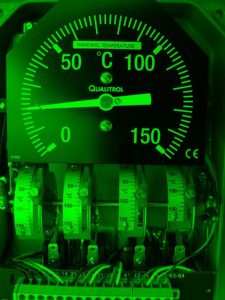I think this is one of the most common question I will get (and am already getting) in regards to the infrared thermal imaging cameras. People are fascinated by the science behind it and thus want to learn more about the technology.
So for all you curious people out there, this article will be a real treat.
At the heart of most modern day thermal cameras is the microbolometer. What is the microbolometer you will ask me though…
It is an array of individual pixels each of which is able to sense or measure temperature through infrared radiation and then translate that to a thermal image. Of course, there are other types of senses in older thermal cameras (many times using photons.) The use of thermobolometers is really the reason the costs of thermal cameras have dropped so much. How these work is you have a whole array of the pixels. When the electromagnetic waves hit a sensor, then there is a change in resistance. With that, that changes the voltage which is read with a micro processor. So the processor is taking all the pixels to put the signals as a thermal image on a camera.
Microbolometers will sit in front of a special lense which captures the inferred electromagnetic waves coming in. When the radiation hits each of those pixels that changes the voltage and through a process it reaches the video processing. Now the resolution and sensitivity will determine how will the thermal camera perform. Some of the more popular resolutions for camera’s are:
- 80 X 60 (low resolution)
- 160 X 120 (low resolution)
- 320 X 240 (medium resolution)
- 640 X 480 (high resolution)
- 1024 X 768 (high resolution)
That higher resolution means that you can often have a crisp picture which means you will be able to see more detail at a distance. So you will often be able to take better temperature readings from something in a distance. Things that impact that, are things like optics of the camera. The lens of the camera will determine it as well. Some cameras have a nice broad view. So when you point it you can have a broader image. On the other hand, there are some cameras with a more narrow picture.
Does that mean that cameras with smaller picture are worse? Ironically it doesn’t mean that at all! It depends on your application. If the target is smaller, then you want to go with the smaller picture while if it’s a larger target, you would go with the more wider cameras (common sense.)
Okay, you got a taste of what’s about to be unfold in front of you in upcoming days. Stay tuned for a lot more fascinating science based articles.



